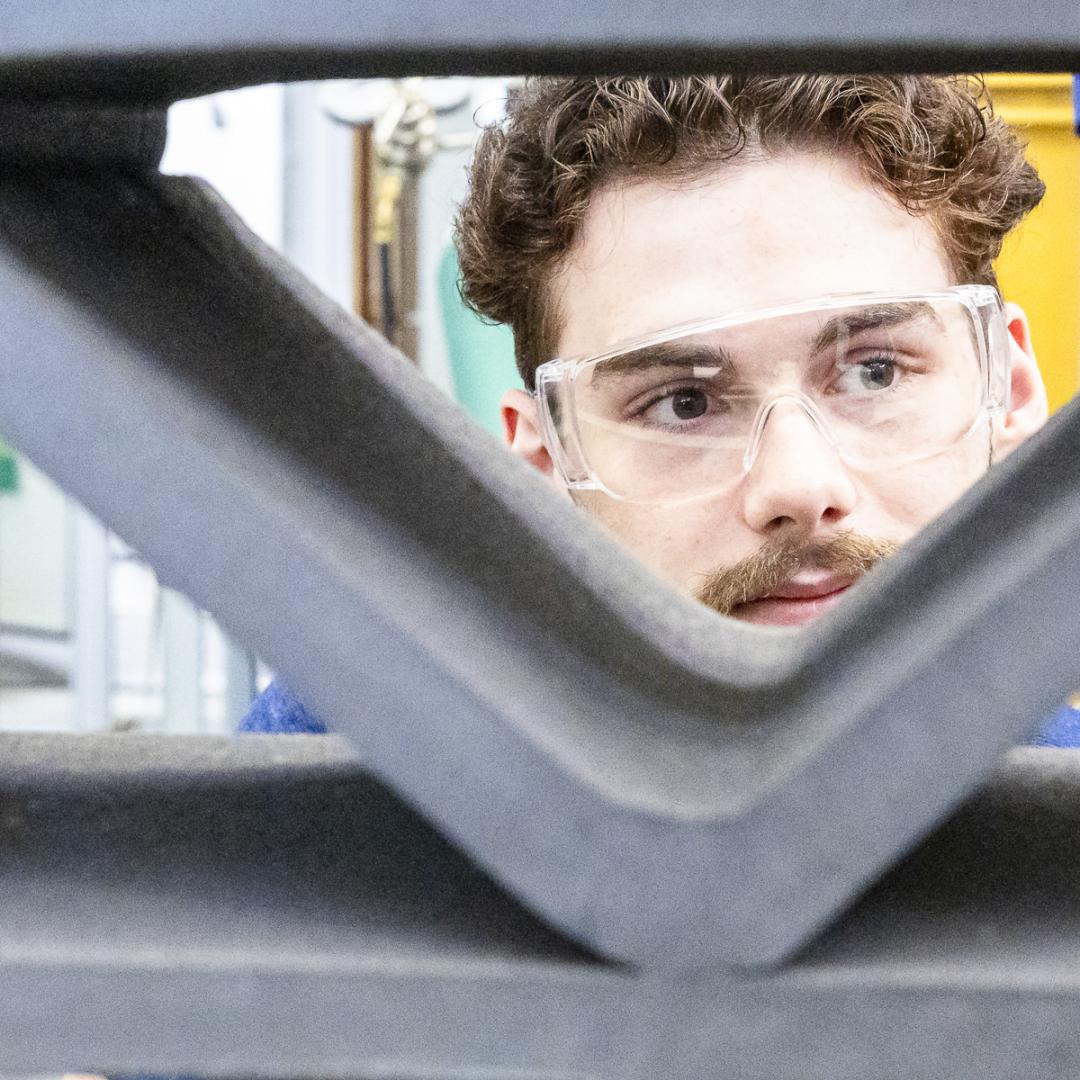Filter News
Area of Research
News Topics
- (-) Biology (4)
- (-) Isotopes (2)
- 3-D Printing/Advanced Manufacturing (12)
- Advanced Reactors (1)
- Artificial Intelligence (1)
- Big Data (2)
- Bioenergy (3)
- Biotechnology (1)
- Buildings (4)
- Chemical Sciences (1)
- Clean Water (5)
- Climate Change (7)
- Composites (3)
- Computer Science (7)
- Coronavirus (3)
- Critical Materials (2)
- Cybersecurity (1)
- Decarbonization (1)
- Energy Storage (5)
- Environment (13)
- Fusion (2)
- Grid (5)
- High-Performance Computing (5)
- ITER (2)
- Materials (17)
- Materials Science (7)
- Mathematics (1)
- Microscopy (3)
- Nanotechnology (2)
- Net Zero (1)
- Neutron Science (4)
- Polymers (1)
- Quantum Computing (1)
- Quantum Science (3)
- Space Exploration (3)
- Statistics (1)
- Sustainable Energy (20)
- Transportation (8)
Media Contacts
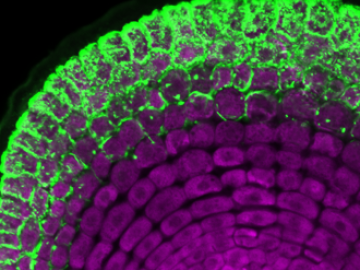
An ORNL team has successfully introduced a poplar gene into switchgrass, an important biofuel source, that allows switchgrass to interact with a beneficial fungus, ultimately boosting the grass’ growth and viability in changing environments.
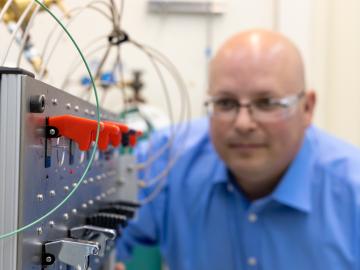
An Oak Ridge National Laboratory researcher has invented a version of an isotope-separating device that can withstand extreme environments, including radiation and chemical solvents.
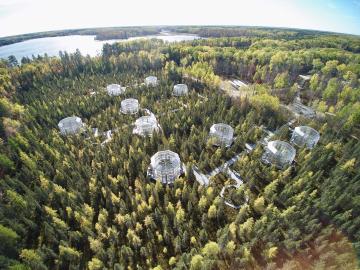
Scientists studying a unique whole-ecosystem warming experiment in the Minnesota peatlands found that microorganisms are increasing methane production faster than carbon dioxide production.
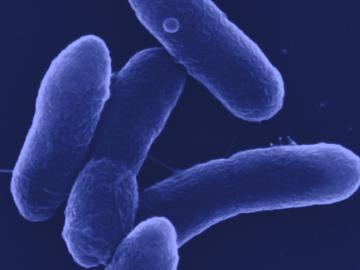
A research team led by Oak Ridge National Laboratory bioengineered a microbe to efficiently turn waste into itaconic acid, an industrial chemical used in plastics and paints.
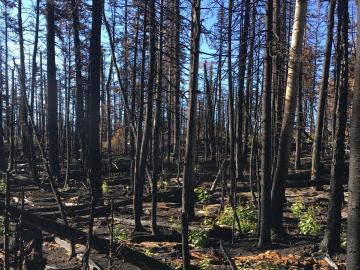
An Oak Ridge National Laboratory research team discovered that aspen saplings emerging after wildfire have less diverse microbiomes and more pathogens in their leaves, providing new insights about how fire affects ecosystem recovery.
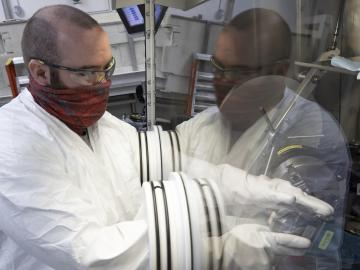
A better way of welding targets for Oak Ridge National Laboratory’s plutonium-238 production has sped up the process and improved consistency and efficiency. This advancement will ultimately benefit the lab’s goal to make enough Pu-238 – the isotope that powers NASA’s deep space missions – to yield 1.5 kilograms of plutonium oxide annually by 2026.



